Queen Elizabeth II’s formidable constitution faltered only in her final years
A sensible diet and a passion for exercise and hard work only go some way to resolving the mystery of the British monarch’s great longevity.
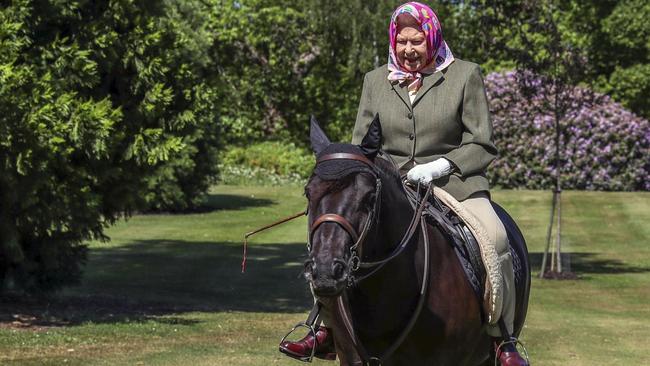
During preparations for her coronation in 1953, the young Queen Elizabeth was asked if she wanted to incorporate a break into the intense three-hour ceremony, with the weight of St Edward’s Crown upon her head. “I’ll be all right,” she replied. “I’m as strong as a horse.”
So she was. On the day itself and during her decades on the throne, the Queen’s constitution did not let her down, allowing her to fulfil her role in our own almost without interruption.
Her fine health, until extreme old age, was the foundation for her greatest achievement. Her physical and mental constancy in the face of turmoil, allied to her sheer longevity, allowed her to become a living symbol of continuity and endurance that Britain needed.

During previous reigns, the health of the monarch was a topic of constant intrigue and fascination. Courtiers and the country knew how much depended on bodily frailties. Nor was this a long-vanished relic of an autocratic Tudor world in which the social, economic and religious life of a country could be changed utterly if the monarch fell ill; even the reign of George VI was disrupted by illness, forcing the young Princess Elizabeth to take on a public role earlier than she had expected.
During the Queen’s own reign, until well into her nineties, there was no hint of this kind of uncertainty, an achievement no less important for being largely invisible. Until the final months, her life was free of significant illness.
The late Fortune FitzRoy, Duchess of Grafton, one of her ladies-in-waiting, once said that “the Queen’s strength is that she doesn’t change very much”. This was as true of her good health as her strict daily routine, and the two seemed likely to be linked. She kept up her public duties into her old age, even before doctors began to suspect that carrying on working was good for the mind and the body.
Her still-youthful appearance was noticed at her 50th birthday in 1976. With the sly humour for which she was known, the Queen remarked, aged 75: “Among my contemporaries I am reckoned to have weathered rather well.”
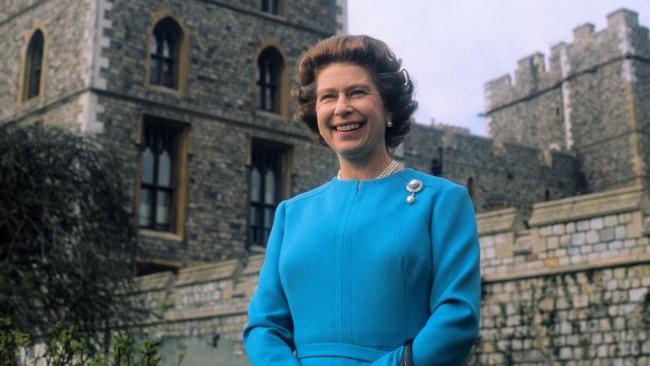
The mysterious combination of genes, luck, habits and treatment that contribute to health and illness is always impossible to disentangle in an individual life, even one as scrutinised as a monarch’s. However, what emerges strongly in the Queen’s attitude to her health is the importance she placed on maintaining habits.
“There are few feelings more satisfying than waking to a new day with a sense of wellbeing,” she said in her Commonwealth Day message in 2006. “There is a traditional proverb which says, ‘He who has health has hope, and he who has hope has everything.”
Offering rare but seemingly heartfelt advice, the Queen told her subjects: “Poor health is sometimes linked to the way we choose to live, but many of us can take steps to eat better food or take more exercise.”

Tim Evans, her GP and apothecary to the royal household from 2003, perhaps appealed to her because of a similar philosophy. “I like the Chinese philosophy where prevention is better than cure,” he would say. “You employ your doctor in order to be kept healthy.”
Evans took this approach into Buckingham Palace, as became clear when his practice for the royal household was inspected by the Care Quality Commission in 2014, itself a striking illustration of how times had changed. Although the practice was rated simply “good” – not outstanding – inspectors praised Evans’s “holistic approach to patient care, promoting wellness through diet, exercise and lifestyle”. He told them that he had regular meetings with the head chef of the royal household to advise on healthy menus.
It is in this context that the Queen’s reported interest in alternative medicine may be best understood. Although she appointed Margery Blackie as her personal homeopath in 1969, she was not an outspoken advocate in the manner of her son. If her appointment of Evans was any guide, it may have been the emphasis on taking a rounded view of a person and their life, rather than only a collection of symptoms, that appealed about complementary medicine.
The appointment of a doctor whose practice spoke warmly of acupuncture, and aromatherapy may have raised eyebrows after Evans’s traditional Harley Street predecessor, Sir Nigel Southward, a vice-commodore of the Royal Yacht Squadron. Yet the two shared an emphasis on the importance of exercise that clearly appealed to the Queen.
In that 2006 message, she spoke of how sport exemplified “the importance of mental and physical control”, extolling the Commonwealth Games where “we will see clearly what exercise at the very highest level can contribute to both body and spirit”.
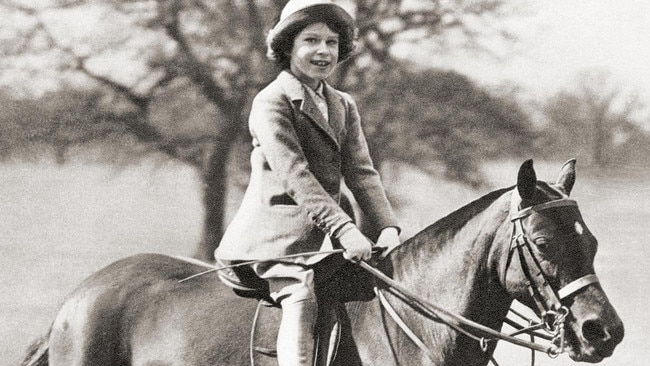
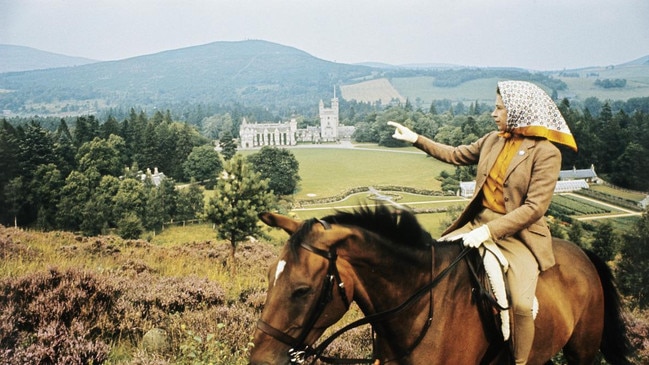
Elizabeth herself began horseriding at a young age, taking serious lessons from 1938 and retained a lifelong love of outdoor pursuits. Her diet, too, was noticeable for its abstemiousness. She tended to start the day with toast and marmalade, cereal or perhaps a boiled egg, rather than a full cooked breakfast. When dining alone she was said to prefer simple grilled meat and fish, eschewing spices and garlic.
Although apparently partial to chocolate, she rarely ate rich desserts, preferring to end meals with cheese and a stick of celery. Her appetite was not large and during long formal banquets she seemed to play with her food out of politeness as often as eat it. Unlike her mother and sister, she was not a big drinker and in later years even the nightly martini became less frequent.
It seemed to do her good. As Lord Charteris of Amisfield, the private secretary at the time of her accession, said bluntly: “She sleeps well, she’s got very good legs and she can stand for a long time. The Queen is as strong as an ox.”
Her endurance was often remarked on by foreign dignitaries as she was put through hours of official engagements. Even Margaret Thatcher could not keep up, and when the exhausted prime minister sat down during one reception, the Queen was heard to say: “Oh look, she’s keeled over again.”
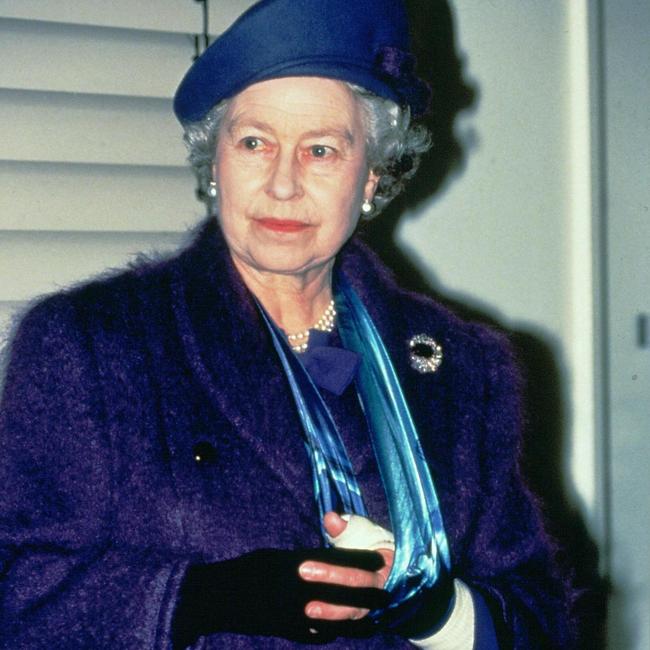
Her stamina was sometimes characterised as an obliviousness to her health. In 1994 she broke her left wrist when her horse tripped during a ride at Sandringham. She simply remounted and rode back to the house, only getting round to seeing a doctor the next day.
The Queen’s first recorded illness came in 1949 when a bout of measles meant she had to be separated from Prince Charles. It was not until 1982 that she first needed to be admitted to hospital for treatment: a wisdom tooth extraction at the King Edward VII Hospital in London. In 2003 she returned there for keyhole surgery to repair torn cartilage in her right knee after jarring it on rough ground in Newmarket. Later in the year she had a similar operation on her left knee, while also having minor lesions removed from her face.
Cancelled engagements became more common in later years as the Queen suffered more frequently from colds and flu, including one she described as “grisly” at Christmas 2016. Yet it was easy to read too much into these passing illnesses. Much fevered speculation was occasioned when the Queen briefly fell asleep during a 2004 lecture in Germany. Yet perhaps it had less to do with her health than the subject matter: “New insights into biology and medicine with the use of magnets.”
The Queen took badly to any suggestion of frailty – once responding to media reports of a heart condition by pointedly climbing a lighthouse – and seemed to see suggestions of “taking it easy” in the same way. “We do hint at taking some things off her, but she won’t have any of it,” Prince William said after her 80th birthday.

Into her tenth decade, the routine continued as it always had, with small modifications for her advanced age. She carried out fewer engagements in the afternoon and made sure overseas trips were shorter. For the 2016 state opening of parliament she used the lift rather the 26 steps of the royal staircase.
Even Covid-19 was something she tried to shrug off: the Palace said in February 2022 that she had “mild cold-like symptoms” but would continue with “light duties”. She had to acknowledge that the virus “does leave one very tired and exhausted” and accepted the need to carry out engagements remotely.
By this stage, time had finally begun to catch up with her. In 2021 she was photographed using a walking stick for the first time since her knee surgery. That October she was admitted to hospital for tests, after which she was forced to cancel a series of engagements. She missed the Remembrance Sunday commemorations “with great regret”, something she had only previously done while abroad or pregnant. In a speech to the Church of England delivered by her son, she noted that “none of us can slow the passage of time”.
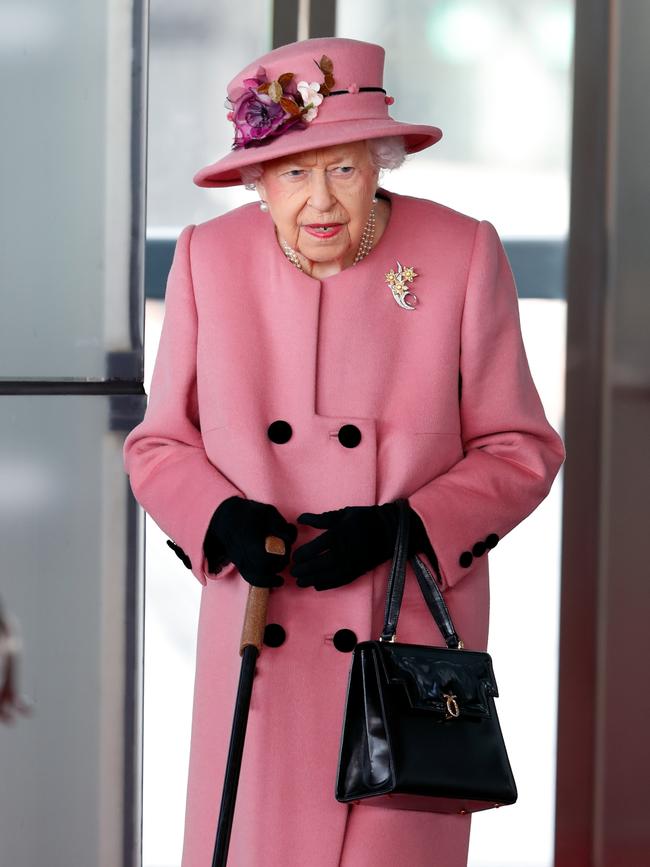
In May this year the same mobility problems forced her “reluctantly” to miss the state opening of parliament, the first time she had done so since her final pregnancy in 1963. When she appointed Liz Truss as her 15th prime minister this week, she was forced to do so from Balmoral, in the knowledge that she might not be up to travelling back to London.
With such tweaks, rather than upheavals, the Queen sought to continue with her duty through her tenth decade. Just as in her public role, in her personal health she adjusted to her age, without ever being defined by it.
THE TIMES


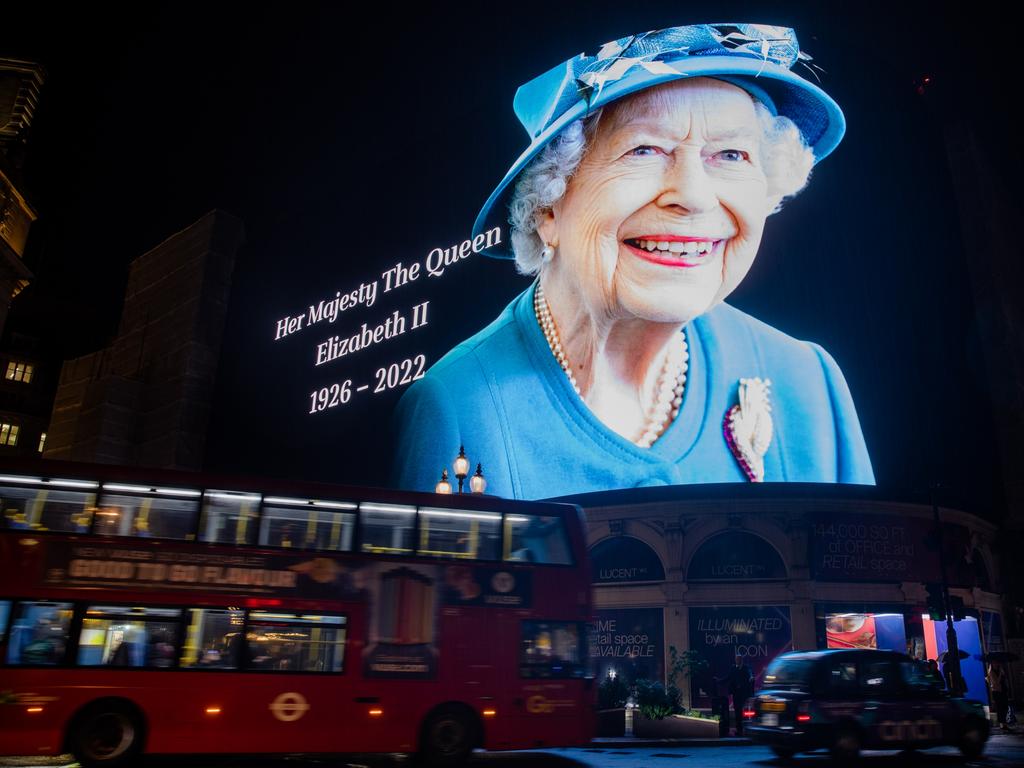
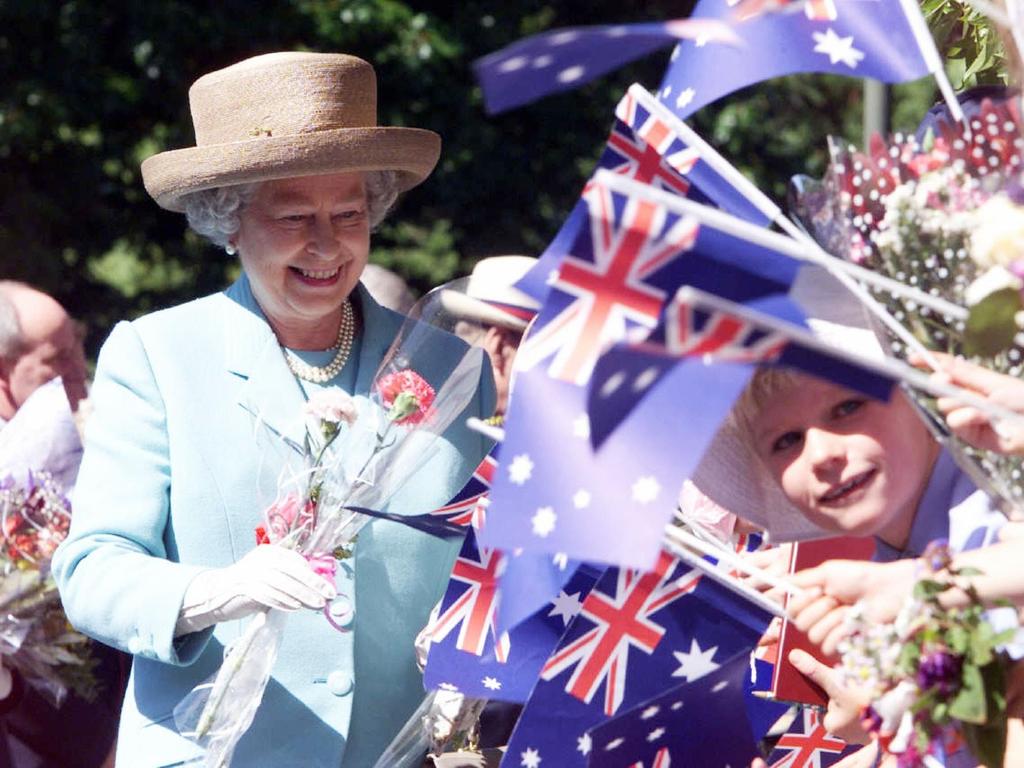

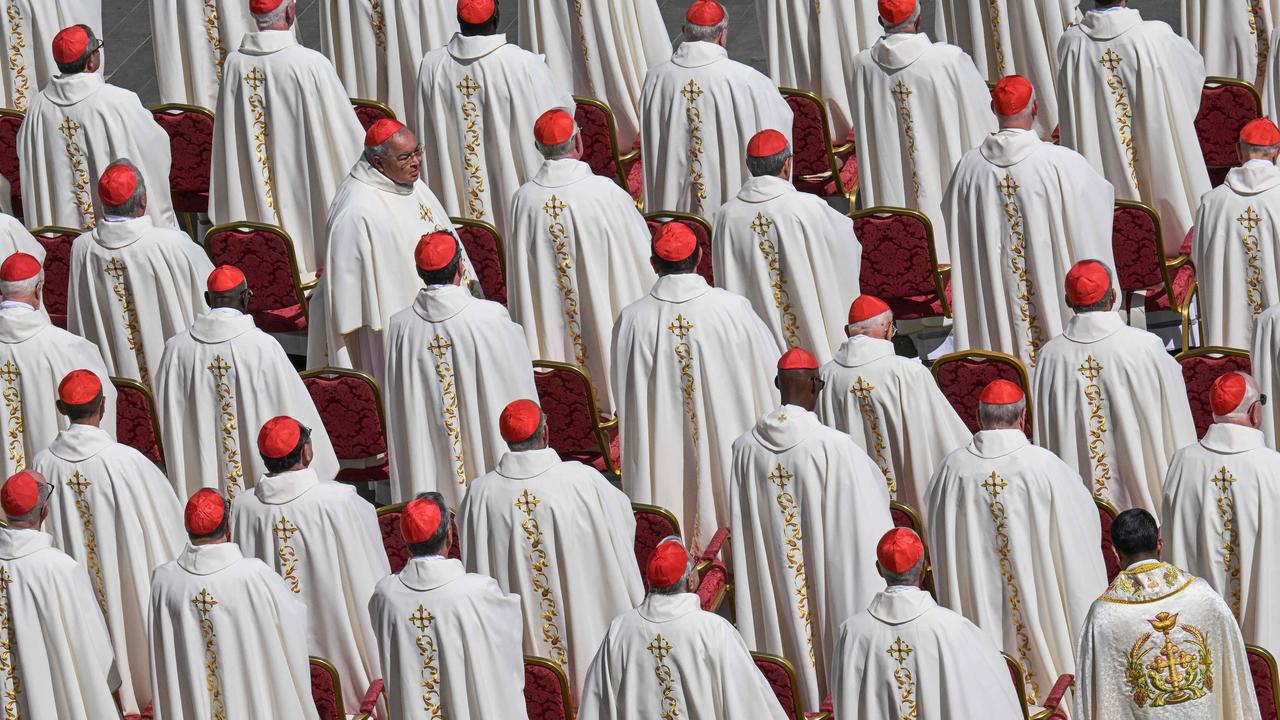
To join the conversation, please log in. Don't have an account? Register
Join the conversation, you are commenting as Logout